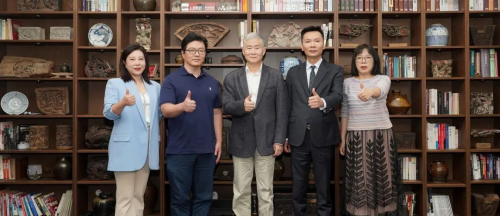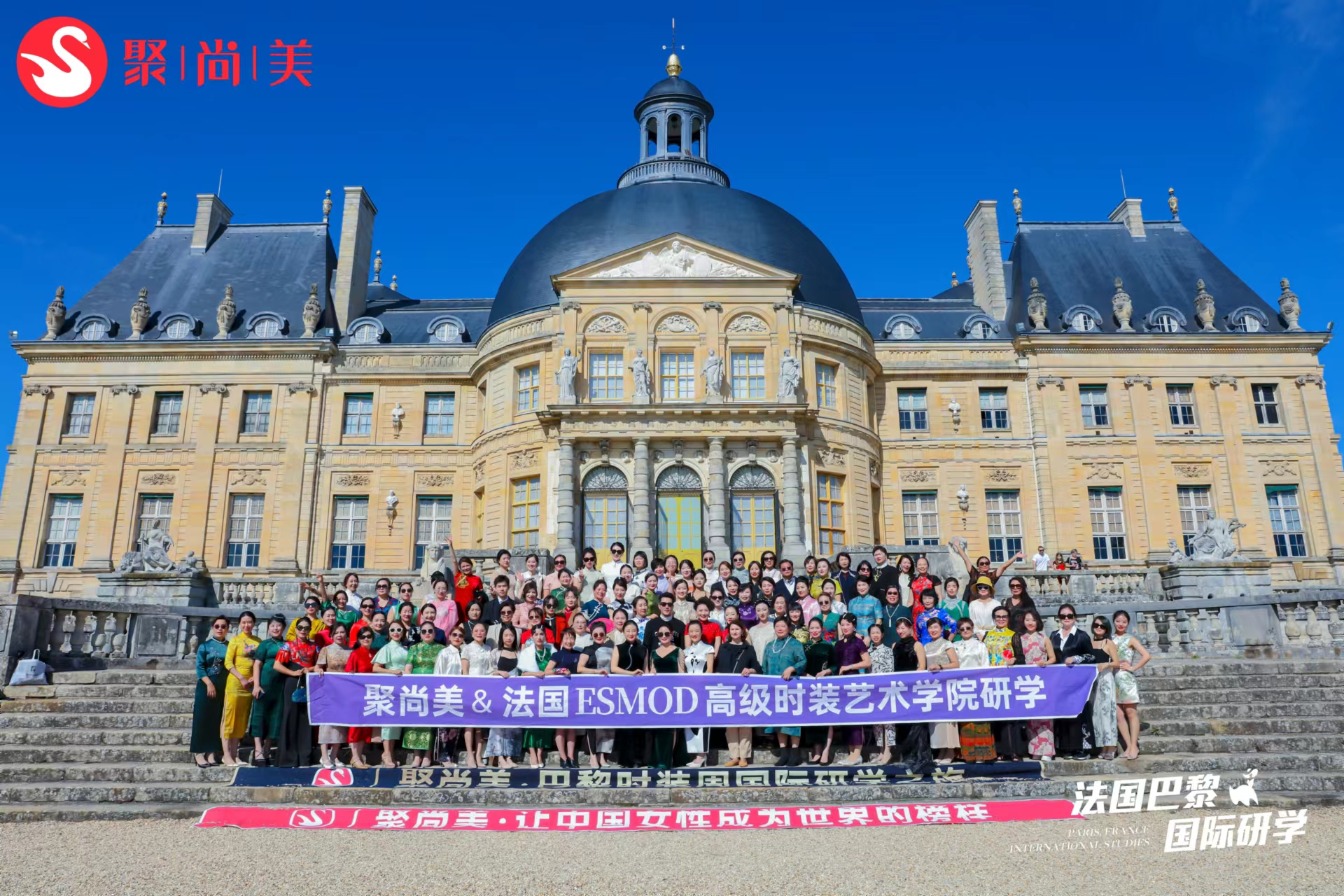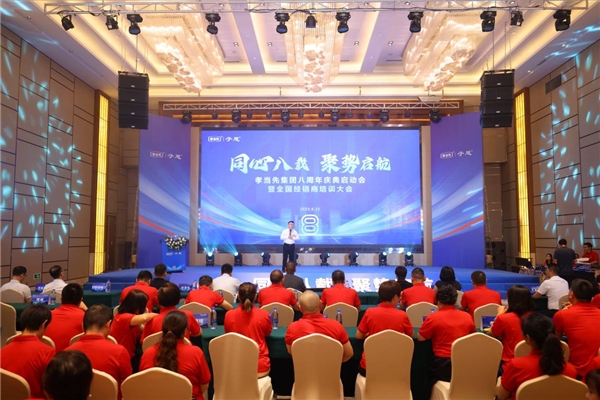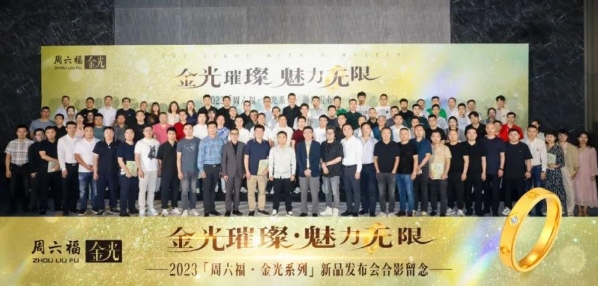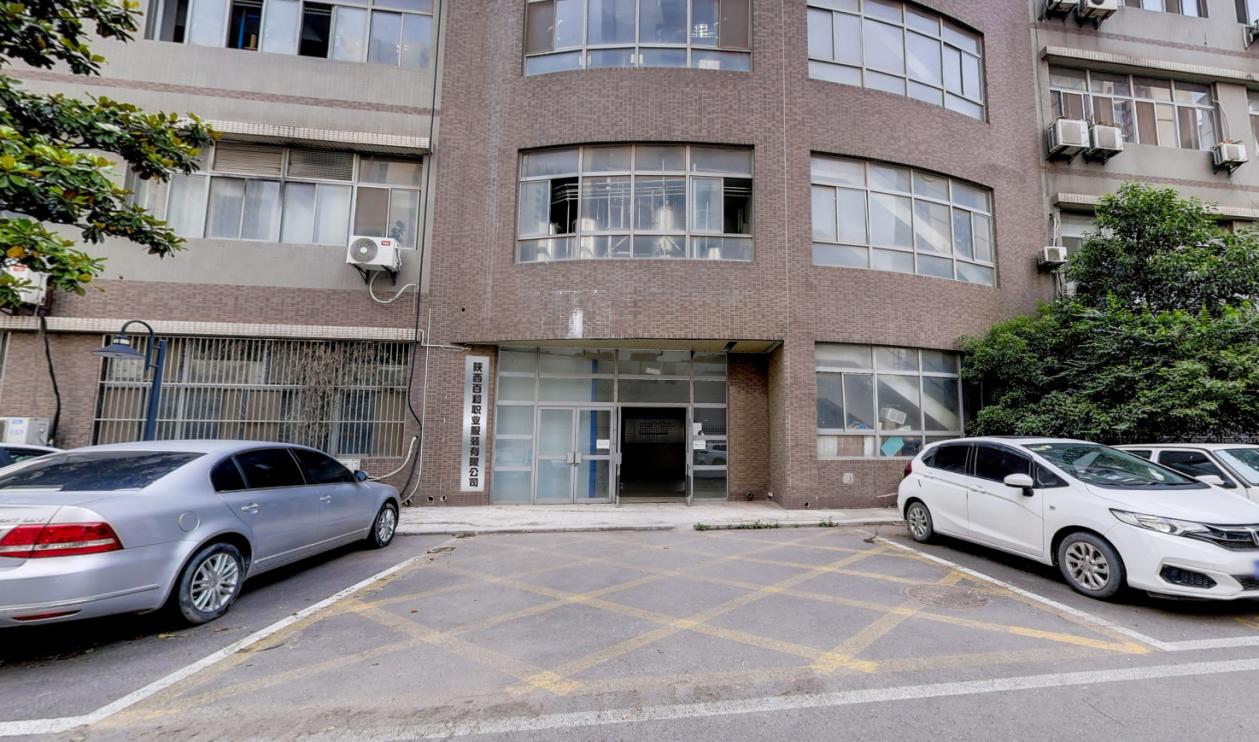This week, looking for glitchy signals from neutron stars, and using remote sensing in research.
Download MP3In this episode:
01:03 A spinning glitch
Observing a pulsar 鈥榞litch鈥?hints at what lies beneath a sudden increase in spin. Research paper: Palfreyman et al.
06:30 Research Highlights
Handy sea turtles, and the maths of sponges. Research Highlights: Dexterous sea turtles use flippers as grippers; An absorbing study on the maths of sponges.
08:16 Sensing from afar
Remote sensing is opening up new possibilities for biological research. Toolbox: Ecology鈥檚 remote-sensing revolution
15:09 News Chat
The gender pay gap in UK science, and finding the right patients for a cutting-edge cancer drug. News: Science鈥檚 vast gender pay-gap revealed in UK wage data; Cutting-edge cancer drug hobbled by diagnostic test confusion
Never miss an episode: Subscribe to the Nature Podcast on iTunes or your favourite podcast app. Head here for the Nature Podcast RSS feed.
Transcript
锘緿ownload transcript PDF
This is a transcript for the 12th April 2018 edition of the weekly Nature Podcast. Audio files for the current show and archive episodes can be accessed from the Nature Podcast index page, which also contains details on how to subscribe to the Nature Podcast for FREE, and has troubleshooting top-tips. Send us your feedback to .
[Jingle]
Interviewer: Benjamin Thompson
Welcome back to the Nature Podcast. This week on the show we鈥檒l be finding out about a glitch in a pulsar signal.
Interviewer: Ellie Mackay
Plus, we鈥檒l be taking a look at the rising trend of remote sensing in ecology and conservation. This is the Nature Podcast for 12th April 2018. I鈥檓 Ellie Mackay.
Interviewer: Benjamin Thompson
And I鈥檓 Benjamin Thompson.
[Jingle]
Interviewer: Benjamin Thompson
Wow! Well, welcome Ellie, it鈥檚 your first time in the presenting chair!
Interviewer: Ellie Mackay
Thank you, I鈥檓 really excited to be here.
Interviewer: Benjamin Thompson
Well I鈥檓 excited to have you here as well. Listeners, we鈥檝e got a lot of science to get through in today鈥檚 show. First up, pulsars. Now, pulsars are incredible objects. They鈥檙e formed from the remnants of stars that were large enough to die in a supernova, but too small to collapse into a black hole. The result is a neutron star - an object so dense, that a sugar cube-sized chunk would weigh as much as Mount Everest. But neutron stars also spin, sometimes hundreds of times a second. Combined with a neutron star鈥檚 magnetic field, the result is a powerful stellar lighthouse. The repetitive radio waves from these pulsars can be picked up on Earth, providing a window in to their behaviour. Astronomer Jim Palfreyman has spent the last few years studying one particular pulsar. In fact, he鈥檚 written his thesis on it.
Interviewee: Jim Palfreyman
I鈥檝e submitted my PhD, and literally tonight I got my reviews back from my reviewers and basically they鈥檝e said make some changes but I鈥檝e got my PhD. So I鈥檓 not strictly a doctor, but I will be soon.
Interviewer: Benjamin Thompson
And the highlight of soon-to-be Dr Palfreyman鈥檚 PhD is his observation of a very unusual behaviour. Reporter Adam Levy gave him a call to find out more.
Interviewer: Adam Levy
Now sort of like a spinning top pulsars gradually slow down as they lose energy, but they鈥檙e not always just slowing down, right?
Interviewee: Jim Palfreyman
No, a small percentage of pulsars have this phenomenon called glitching. The pulsar is spinning down like a top, but they suddenly speed up.
Interviewer: Adam Levy
How hard actually is it actually to catch a pulsar mid-glitch?
Interviewee: Jim Palfreyman
Technically, it鈥檚 not hard. If you said to me it鈥檚 going to happen at 1pm tomorrow afternoon, it鈥檚 a very simple process. We鈥檇 have every telescope on the planet pointing at it and for those that could see it and we鈥檇 observe鈥?done. The hard part is that you don鈥檛 know when it鈥檚 going to happen and so you just really have to observe, collect, and analyse and process a lot of data, hoping to catch the glitch.
Interviewer: Adam Levy
Can you tell me about the pulsar that you actually chose out to observe?
Interviewee: Jim Palfreyman
So the Vela pulsar is the second closest pulsar to Earth - that we know of - and it鈥檚 the brightest pulsar in the sky. It鈥檚 also extremely well placed for a sudden sky here in Tasmania where I live and work, and so it鈥檚 an obvious choice from that perspective. As a young pulsar it has the extra feature that it glitches approximately every three years.
Interviewer: Adam Levy
What did it actually take for you to catch this pulsar glitching?
Interviewee: Jim Palfreyman
I observed 19 hours a day out of the 24, so that pretty much gave me a 75% chance of catching the glitch, assuming wind and anything else or mechanical failures wouldn鈥檛 stop the observing happening. It really just took time.
Interviewer: Adam Levy
Still, a 1 in 4 chance of missing it seems uncomfortably high!
Interviewee: Jim Palfreyman
Haha, yes it was uncomfortably high. But it happens at about 9:30pm on the 12th December 2016 and I remember going鈥?just about to go to bed and I thought no, I鈥檒l just check, and it had happened and I realised I鈥檇 caught it. And when it happened it was so exciting, it was just the best present I could鈥檝e had.
Interviewer: Adam Levy
Haha, so great to see it, but what did you actually observe happening to the pulsar鈥檚 pulses?
Interviewee: Jim Palfreyman
You know, in the back of my mind, I sort of thought oh, maybe when the glitch happens the pulses might get brighter or something like that, but completely the opposite happened as it turned out. When the glitch happened, the first thing I saw was a null, as in there was no pulse whatsoever. It鈥檚 sort of like the whole pulsar skipped a beat, and then further analysis showed not only did the pulse null, but the one before was really weird and broad and strange.
Interviewer: Adam Levy
So what is actually going on on the inside of this pulsar?
Interviewee: Jim Palfreyman
We think of it has a hard crust on the outside, and a superfluid core on the inside. As the pulsar is slowing down, you can think of the outside crust slowing down, but the inside superfluid core doesn鈥檛 - they鈥檙e separate, they rotate at different speeds. Then eventually, the difference in rotation gets too great, and basically - as I like to describe it - it鈥檚 like the core grips the crust, and speeds it up, like a clutch in a car. But what we鈥檝e shown is that process when it happens affects the magnetic field and hence affects the magnetosphere of the pulsar. The magnetosphere is almost like the atmosphere of the pulsar that sort of sits around the outside of the hard crust, and that鈥檚 where all the emission of the electromagnetic radiation comes from. The theorists are going to have to get their teeth into this and try to work out what鈥檚 going on. It鈥檚 actually very, very interesting, I think.
Interviewer: Adam Levy
So is that it now? Do we now have the all the observations we need of pulsar glitches? Or would it be useful to have more data on this?
Interviewee: Jim Palfreyman
Of course it would be useful to catch鈥?no other glitch has been caught live with a large enough radio telescope to see the individual pulses, and of course it would be really good to verify the results that I鈥檝e got. So it would be really good to get other telescopes or telescope arrays to try and catch the next glitch.
Interviewer: Benjamin Thompson
That was Jim Palfreyman, who is based at the University of Tasmania in Australia. Check out his pulsar paper at nature.com/nature.
Interviewer: Ellie Mackay
Later in the show, we鈥檒l be hearing about the gender pay gap in UK science. That鈥檚 coming up in the News Chat. Next though, we鈥檙e joined by Shamini Bundell for this week鈥檚 Research Highlights.
[Jingle]
Interviewer: Shamini Bundell
Sea turtles are well known for their serene swimming, using their specially adapted flippers to glide through the world鈥檚 oceans and seas. Now, a team of researchers from the US has shown that some sea turtles are using their flippers for more than just swimming. By reviewing data, images and videos, the team found evidence that sea turtles from multiple species are using their flippers to find, handle, and eat their food. This included grasping jellyfish while tearing off the edible parts, and pushing against a reef to pry off a sea anemone. These behaviours could help us understand how limbs evolved to do more than just move us around. Read this turt-ally awesome story over at PeerJ.
[Jingle]
Interviewer: Shamini Bundell
Researchers in South Korea have been studying the mathematics of the humble kitchen sponge, using electron-microscopy to examine exactly how cellulose sponges soak up water. While it might look like the water is just being held in the visible pores of a sponge, in fact, liquid also fills microscopic holes in the walls. These tiny holes temporarily expand and coalesce, allowing the sponge to soak up water. Based on these observations, the team have come up with a formula that predicts how quickly water will be absorbed by a sponge as it becomes swollen. They hope this work will shed light on the physics of other porous absorbent materials. Soak up that research over at Science Advances.
[Jingle]
Interviewer: Benjamin Thompson
Earlier this week, we sent reporter Noah Baker off to the London Parks Network, to find out more about remote sensing, and its implications for biological research.
Interviewer: Noah Baker
For many years, doing ecological research or conservation work involved decades of fieldwork. Many, many years of sitting in tents gathering long-term data about the changes in populations or individuals in an area. Now that kind of work is incredibly important, and still goes on today, but there is another way of trying to monitor large change, which has been gaining in popularity in recent years, and that鈥檚 remote sensing. We鈥檙e talking about things like satellite data or images gathered from planes. What this does, is allow scientists to study large changes in populations or sometimes even individuals without impacting, or in fact getting close at all to the things that you鈥檙e studying. Now I鈥檓 walking through rainy Regents Park in the heart of London - the UK鈥檚 capital - on my way to the Zoological Society of London鈥檚 headquarters at London Zoo. I鈥檓 meeting Natalie Petorelli, who not only works here, but she鈥檚 the editor-in-chief of a relatively new journal, specifically looking in to remote sensing.
Interviewee: Natalie Petorelli
So I鈥檓 Natalie Petorelli and I work at the Institute of Zoology, which is the research branch of the Zoological Society of London.
Interviewer: Noah Baker
You are the editor-in-chief of a relatively new journal. Tell me about that.
Interviewee: Natalie Petorelli
So basically the journal is trying to highlight those developments that use remote sensing technology and by that I mean satellite data, or camera traps, or bioacoustics, which is using sensors to capture sounds to derive information about the natural world, and how that can inform ecology and conservation.
Interviewer: Noah Baker
I鈥檓 quite interested in what kind of remote sensing you use in your work. You know, what kind of thing have you focused on?
Interviewee: Natalie Petorelli
So, I use a lot of satellite data. So some satellites, they work a bit like a camera on board a spaceship, in the way that they take information - the way your camera would take information. There are also some sensors that use active technology, so a sensor that would send a beam of energy and basically use the information that comes back to derive information about environmental features. I have played a bit with camera traps, but mostly my work is about the use of satellite data.
Interviewer: Noah Baker
People may think that satellites are fairly exclusive things, they鈥檙e owned by countries and so on, but actually there鈥檚 a lot of satellite data that鈥檚 gathered which is open access, people can access it freely.
Interviewee: Natalie Petorelli
If you鈥檙e idea of satellite data is something like Google Maps or Google Earth, then that鈥檚 not free. But if you think something like Landsat, or the new Copernicus programme from the European Space Agency, then all of that鈥檚 free, and that covers the whole world, and anyone can basically download the information and have a go at analysing them.
Interviewer: Noah Baker
That鈥檚 a really key point there I think, anyone can download the information, but this is a lot of data we鈥檙e talking about. How do you go about analysing that amount of data to learn anything meaningful?
Interviewee: Natalie Petorelli
Not only is it the amount of data, but actually it does take a bit of expertise and skills to derive the information. What has changed over the years in parallel to the opening of all those free data is also that the software, the capability to analyse those data have changed massively, and a lot of software is now open source which means you can download them for free. The capacity and the capabilities of those software have increased massively too.
Interviewer: Noah Baker
How granular can research get when it comes to remote sensing data. What鈥檚 your units, I suppose, you can get down to?
Interviewee: Natalie Petorelli
Phew! Up until five years ago, you were talking - so freely available data - around 50 to a 100 meta. But then it started to go down and down, and now we鈥檙e looking at 10 to 15 metas. There鈥檚 even more interesting stories. So there鈥檚 been a team in the US I believe, that used some hyperspectral information - so hyperspectral, you have to imagine it鈥檚 a meta that looks at the reflectance so that the energy that comes back from the Earth, in very small bands on the electromagnetic spectrum. It literally captures the signature of species, sometimes even genotypes. So there鈥檚 a guy that looked at different trees, a team that looked at different trees, and showed that different genotypes of those aspen tree could actually be detected using this satellite information.
Interviewer: Noah Baker
And as well as remote sensing from satellites, there鈥檚 also remote sensing from planes, for example.
Interviewee: Natalie Petorelli
Absolutely, yeah. The same with drones, actually. It鈥檚 not just planes, drones have become quite appealing to a lot of conservation biologists and ecologists. A famous is example is someone using drones to pick up orangutan nests in tropical forests.
Interviewer: Noah Baker
Tell me a little bit about who else remote sensing data can be useful for?
Interviewee: Natalie Petorelli
Climate people to start with. Lots of it is by insurers, and anyone that is interested in deploying resources when faced with a catastrophe - so droughts, agriculture, they can detect things before you can actually visually see it on the ground. So you can, there鈥檚 an early warning system for droughts. In terms of health, you can use satellite information to predict diseases. There鈥檚 quite a lot!
Interviewer: Noah Baker
Certainly sounds like a lot to get your teeth in to!
Interviewee: Natalie Petorelli
Yeah it is, and that鈥檚 why I think we are far from understanding what we can do.
Interviewer: Noah Baker
Now, this is really exciting data and it seems like it鈥檚 gathering and growing in scope all the time. My question I suppose is what鈥檚 the point in going out to the field anymore, why don鈥檛 we start doing all of our research using this remote sensing data?
Interviewee: Natalie Petorelli
No, never ask that! Well there鈥檚 two points to this. One, you cannot match the reliability and accuracy that you get from ground data. Those data, they help people like me that use satellite data make the most of those satellite data, because you need ground validation, you need information to calibrate the satellite information to make it more useful. The second thing is that there鈥檚 a lot of stuff you can鈥檛 see using satellite data. Imagine you work in the Congo - your satellite will pick up your canopy but nothing beyond it. All those animals, all those plants that live under the canopy you would not see. So there is a huge opportunity for working together here, not to compete.
Interviewer: Ellie Mackay
That was Natalie Petorelli, from the Institute of Zoology in London. To find out more about her journal, Google it鈥檚 full title: Remote Sensing in Ecology and Conservation. You can also find more about remote sensing techniques in an article published last week in Nature鈥檚 Toolbox section. Search for that over at nature.com/nature.
Interviewer: Benjamin Thompson
Right then listeners, now it鈥檚 time for the News Chat and I鈥檓 joined here in the studio by Ewen Callaway, our acting European Bureau Chief here at Nature. Hi Ewen.
Interviewee: Ewen Callaway
Hello.
Interviewer: Benjamin Thompson
Our first story today Ewen comes off the back of something that happened last week in the UK, and that was that all companies over 250 employees had to report on their gender pay gap, and this was something that was brought in by government legislation. Here at Nature we鈥檝e been looking at the pay gap in UK science. Ewen can you explain to our listeners what the pay gap is and what it鈥檚 looking like?
Interviewee: Ewen Callaway
Yeah, as we explain in our story, the pay gap refers to the difference in the average hourly wage of all men and women across a workforce. And it鈥檚 a very different thing from unequal pay, where men and women are paid differently for performing the same role, which has been illegal in the UK since the 1970s. So looking at this pay gap, and we looked at one figure which was the median difference in hourly income between men and women, it鈥檚 not good, it鈥檚 not good at all. My colleague Holly Else selected 172 organisations that tend to employ scientists. And we found for these employers, their median gender pay gaps were about 15%, compared to 10% for companies across the UK. So from our analysis, it seems that companies that employ scientists are doing a little bit worse than companies overall.
Interviewer: Benjamin Thompson
Well 15% clearly isn鈥檛 ideal at all, not to put too fine a point on it. But how do things stack up in the different sectors?
Interviewee: Ewen Callaway
Yeah, we found quite a lot of variation. For universities, we found a 16% gap, research institutes - 9%, funders - 10%, industrial employers - 12%, and scientific publishers - over 20%. And it鈥檚 important to point out also, that there is a lot of variation between individual employers within these sectors. So some pharmaceutical companies - such as GSK and Merck - had very small or even negative gender pay gaps, so women are getting more, whereas others have more standard pay gaps in the low teens.
Interviewer: Benjamin Thompson
And do we know any of the reasons sort of behind this?
Interviewee: Ewen Callaway
I think overwhelmingly, the explanation is that at most companies there is a lack of women at senior roles, which would have the affect of depressing or leading to a higher wage gap. In universities for instance - this comes from another report from University College Union - found that 45% of the entire academic workforce is female, but less than one quarter of all professors are women.
Interviewer: Benjamin Thompson
Well how are researchers in these institutes responding to this analysis?
Interviewee: Ewen Callaway
You know, some were surprised to find that their universities ranked among the worst - especially among research-intensive universities, because they thought their department was doing a good job. There鈥檚 one researcher from the University of Durham - which had quite a high gender pay gap, and I think the highest among the prestigious Russell Group of research-intensive universities - she was both surprised and unsurprised by the data. So you know these statistics, they tell a larger story, but individuals鈥?experiences will be different and you know there will be variation there of course.
Interviewer: Benjamin Thompson
But what can be done to fix it, how do we achieve the parity that we need?
Interviewee: Ewen Callaway
Pay women more? I mean no, not to belittle it. I think the people we talked to said that companies need to really address what鈥檚 behind their pay gaps, so what鈥檚 preventing them from hiring more women at senior levels, promoting women etc. And I think you know, as one source told us, it might require wholesale cultural changes at companies, they really have to take a good hard look at themselves, their organisations, and figure out how they can do better.
Interviewer: Benjamin Thompson
Well the stats are going to come out at the same time next year again then Ewen, so I guess we鈥檒l have to have another look and see if science is upping it鈥檚 game.
Interviewee: Ewen Callaway
Yeah, we鈥檒l be looking hard for improvements.
Interviewer: Benjamin Thompson
Well for our next story then Ewen we鈥檙e going to talk about a cancer therapy and some of the problems getting it to prime time.
Interviewee: Ewen Callaway
Yeah, this is a story from my colleague Heidi Ledford who works with me in London and the story is about a cancer drug that was first approve by the US Food and Drug Administration in 2014 to treat melanoma. And the drug in particular is an immunotherapy and so it kind of ramps up the immune system to specifically attack cancer cells. And I think there鈥檚 been a real realisation that such therapies are effective against a broad range against cancers, and so based on subsequent testing, this drug was approved last year to treat not only melanoma, but to treat other cancers that had the same underlying molecular defects.
Interviewer: Benjamin Thompson
Well so far this seems like good news 鈥?I mean what鈥檚 the problem?
Interviewee: Ewen Callaway
Right. So the problem is that the drug does seem to be effective when you give it to people who have the underlying molecular defect. People aren鈥檛 always getting this drug because the test used to identify these defects - which are related to problems in DNA repair that lead to misshapen proteins - these tests aren鈥檛 always applied to patients. There are three different tests and they鈥檙e not always giving the same answers so doctors don鈥檛 always have a clear idea of who will benefit from these drugs.
Interviewer: Benjamin Thompson
I mean, I guess a false negative is a dreadful thing when you鈥檙e trying to work out whether to give somebody a therapy or not.
Interviewee: Ewen Callaway
Exactly.
Interviewer: Benjamin Thompson
Well what are researchers doing then to try and sort of overcome this issue?
Interviewee: Ewen Callaway
Well next week at the major meeting for cancer research, researchers and regulatory officials are going to be talking about it, and just trying to see if they can come up with solutions and just a way forward to get patients on drugs that could save their lives or extend their lives. And I think this story highlights a larger issue because this is what molecular medicine is all about, is that for so long we鈥檝e treated cancer based on where it occurs, and that鈥檚 quite a powerful way of developing drugs and treating drugs, but I think everyone knows that we can do better, and so we鈥檙e going to have a range of drugs targeted against certain molecular markers beyond this one, and I think we really need to get straight how we decide to get people on the best drugs.
Interviewer: Benjamin Thompson
Thanks Ewen. For more on these stories, and the latest science news, head on over nature.com/news.
Interviewer: Ellie Mackay
That鈥檚 it for this week鈥檚 show. But before we go, we鈥檇 just like to remind you that we鈥檝e been nominated for a Webby People鈥檚 Voice Award and we need your help.
Interviewer: Benjamin Thompson
Yes that鈥檚 right. Listeners, there鈥檚 only a week left to go in the voting. We鈥檙e in the Podcast and Digital Audio Science and Education category, and you can cast your vote over at vote.webbyawards.com.
Interviewer: Ellie Mackay
Huge thanks to those of you who have already voted and to those of you who鈥檝e let us know via our Twitter account @NaturePodcast. Don鈥檛 forget, you can also reach out to us via email, [email protected]. This week we received a lovely message from Simon Goodman, saying 鈥楨verything about the podcast is wonderful. Even Shamini鈥檚 puns!鈥?Thanks Simon, we鈥檒l let Shamini know. I鈥檓 Ellie Mackay.
Interviewer: Benjamin Thompson
I鈥檓 Benjamin Thompson. Thanks for listening everyone, see you next time.
 时尚街拍网
时尚街拍网